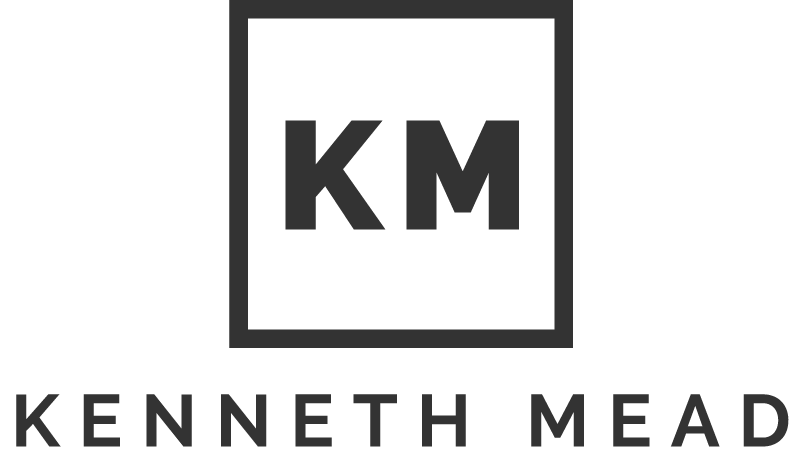UX Research and Strategy for CellMark Recycling
I was a user researcher and consultant as part of our University of California, Irvine HCI capstone team. I observed, interviewed, and shadowed 30 employees at a 140,000 sq. ft. paper recycling warehouse located in South Carolina. Our work led to improved warehouse processes and reduced error and costs.
Project Timeline: April 2019 - September 2019
My roles: Research planning | User interviews | Contextual inquiry | UX consultation | Presentation design
Team: Joe Davis (Project Manager), Gillian Eiserman (UX Research and Strategy), Sahar Abdizadeh (UX Research), Ken Mead (UX Research and Strategy)
The Problem
CellMark Recycling measures, analyzes, and resells damaged and subprime paper to global clients.
CellMark Recycling came to our cohort seeking to increase the accuracy and efficiency of receiving paper and make current workflows more cost effective and less labor intensive, particularly at its warehouse in Orangeburg, South Carolina.
The Approach
I co-wrote the research plan, leading the writing of interview protocols and contextual inquiry planning. Our goal was to conduct primary research on the paper intake process at CellMark Recycling using contextual design research methods to understand the needs of the warehouse team. We sought to find process improvements while staying mindful of the impact on warehouse culture and employee morale. These findings would then be delivered to warehouse management in the form of actionable recommendations.
Research Focus
The focus of this research project was to thoroughly understand the paper intake process and dynamics of the Orangeburg, South Carolina warehouse. This understanding provided the foundation for the Orangeburg warehouse employees to implement new processes that are reducing error and increasing efficiency.
Observation & Contextual Inquiry
Our team flew to Orangeburg, SC and conducted three days of onsite research May 1 - May 3, 2019.
Jobs Observed
Manager
Foreman
Grabtruck operators
Paper verifiers
Paper receiver
Locations Observed
Unloading docks
Warehouse floor
Office
Observational Lenses
We examined this process through four ‘lenses’. This helped us see the dynamics at the warehouse from multiple points of view to find causes of inefficiency and error, reveal new insights, and reaffirm what is already working well.
Physical Space
Technology & Infrastructure
Process & Workflows
Management & Culture
Interviewing staff working at the CellMark administrative office.
Interviews
Our team conducted six semi-structured interviews at the Orangeburg, SC warehouse. The interviews provided additional context to our observation and contextual inquiry. It was particularly useful in uncovering how warehouse employees felt about their relationship to technology, communication in the warehouse, and their collaboration with other warehouse members.
“[It’s difficult]…having to keep up with paperwork. And trips to the office. Back and forth.—Paper verifier
"There's a lot of moving parts…that you can't see from a computer - the physical, coming out here, and actually touching it, seeing it, if it's good, if it's bad, what it smells like.” —Manager
Model Building
Four contextual inquiry models were built to help our team understand the dynamics of the warehouse from multiple points of view. An affinity diagram was created to uncover patterns in observation.
The physical model showed our research team locations of important artifacts and the distance traveled in order to complete job functions.
The artifact analysis highlighted the emphasis on manual entry for warehouse communication—a key source of error.
The collaboration model showed how information traveled throughout the warehouse, and which dependencies could cause disruption.
Additionally, the sequence model helped us see steps in process; process breakdowns and affinity diagramming helped us uncover common themes amongst the data
Research Findings
1
Scarcity of physical space has wide-ranging impacts in the warehouse
2
There is a reliance on mental knowledge vs. externalized knowledge
3
Fragmented communication leads to inefficiency and errors
4
Personal connection and a culture of improvement are foundations of success
Deliverables
“If there is a common theme to our recommendations, it is to increase visibility of the information and processes at the warehouse.” — excerpt from research report
Example slide from Key Findings executive summary presentation
Research Insights
Our team delivered a comprehensive research report of findings, and followed up with a 15-minute executive summary-level presentation delivered to the warehouse management.
With the warehouse employees, we conducted a follow-up roundtable discussion and feedback session. This was a powerful moment in our project, as employees discussed solutions with new mental models and conceptual frameworks. We emerged from this session with the warehouse team excited to adopt new policies and practices.
Excerpt from our final recommendations report, delivered to the CellMark management
Actionable Next Steps
Based on our research and subsequent feedback session, our team provided nine actionable recommendations to our client, organized by urgency, impact and effort involved to implement.
Results
Influenced New Policies
Warehouse management introduced several new processes to improve communication, reduce cognitive and physical fatigue, and improve warehouse efficiency in response to our team's recommendations.
Increased Profit Margins
Warehouse management has reported that the throughput of shipments has increased since implementation of new processes developed during our consultation meeting with the warehouse employees.
Started a Conversation
CellMark management provided every member of the warehouse with our research findings and began a conversation on improving communication and workflows.
Improved Employee Engagement
Early data shows positive feedback and increased engagement by the warehouse team in response to our insights and recommendations; they are actively addressing identified pain points and developing actionable solutions.













